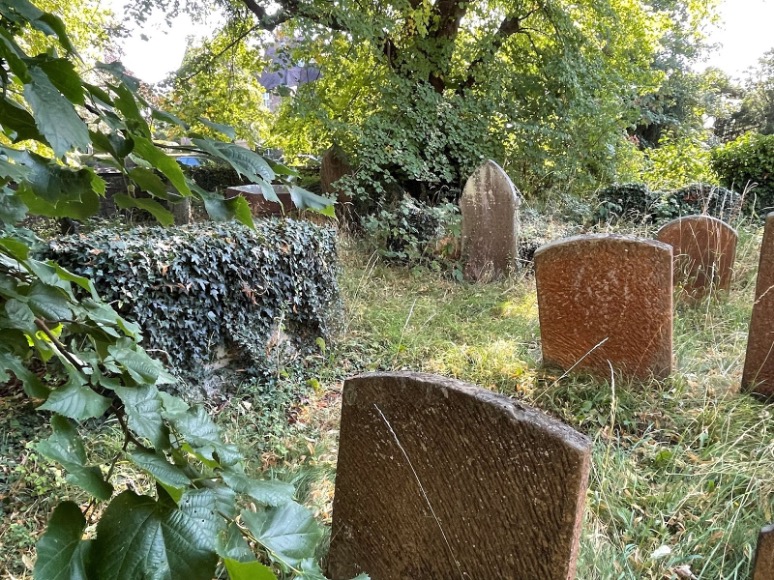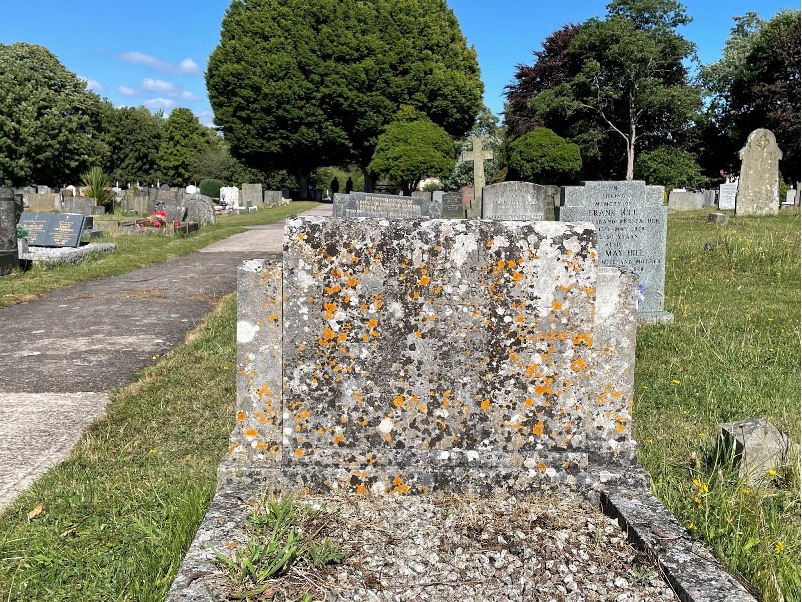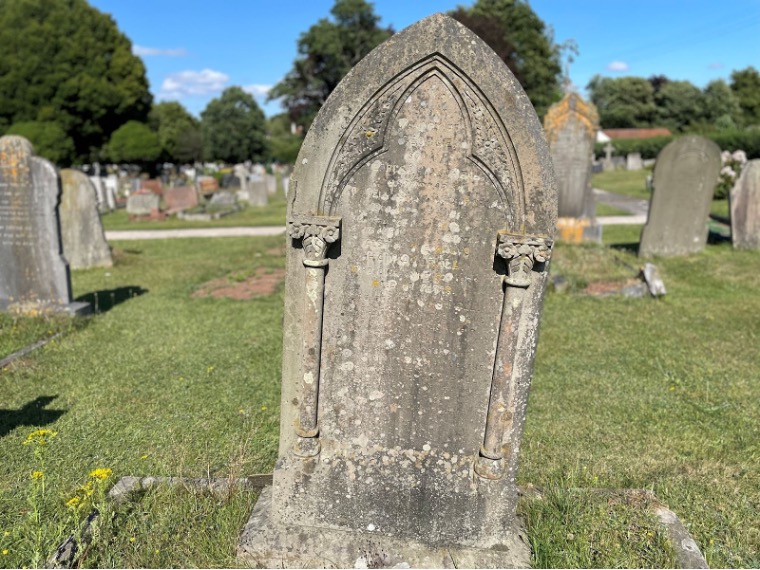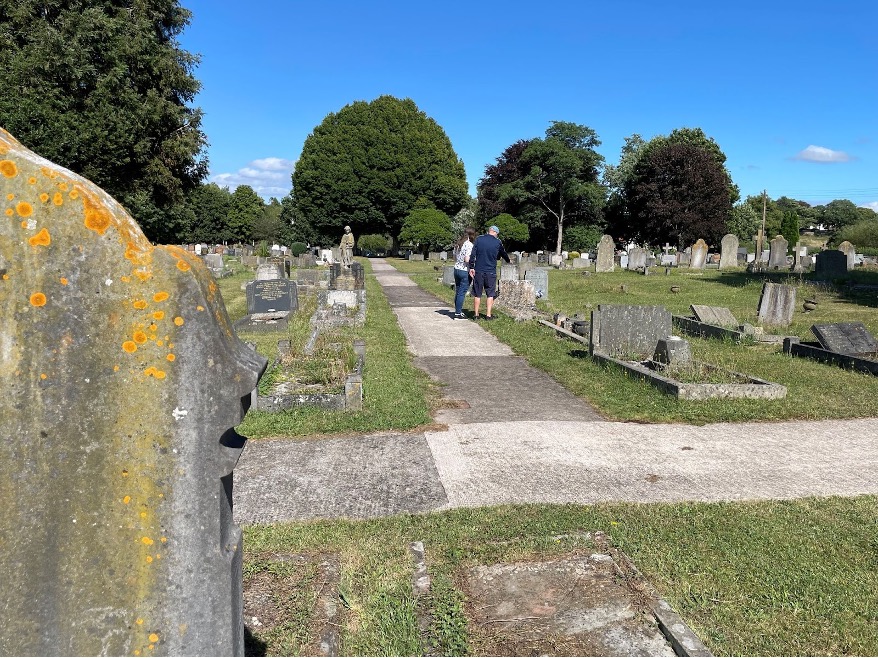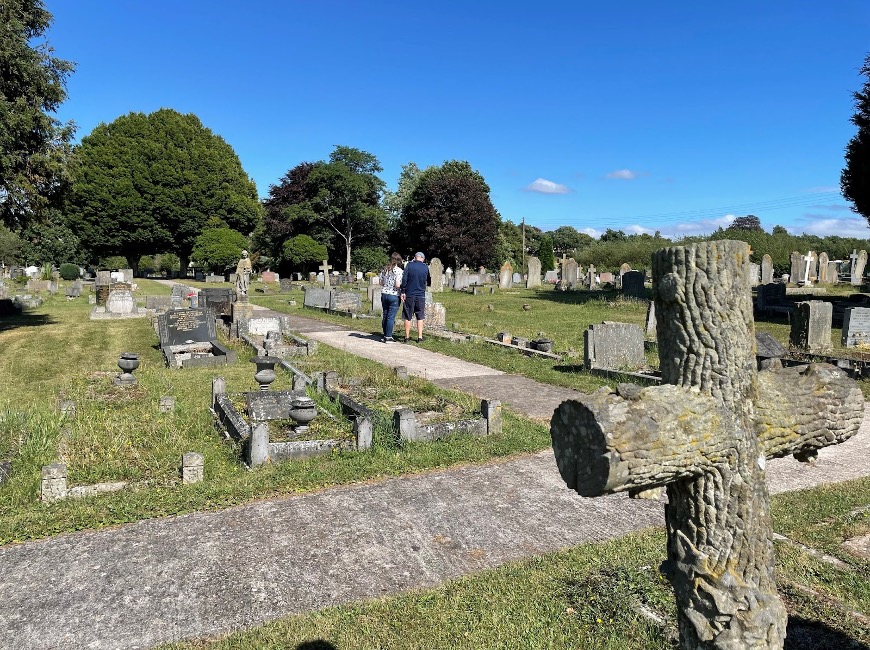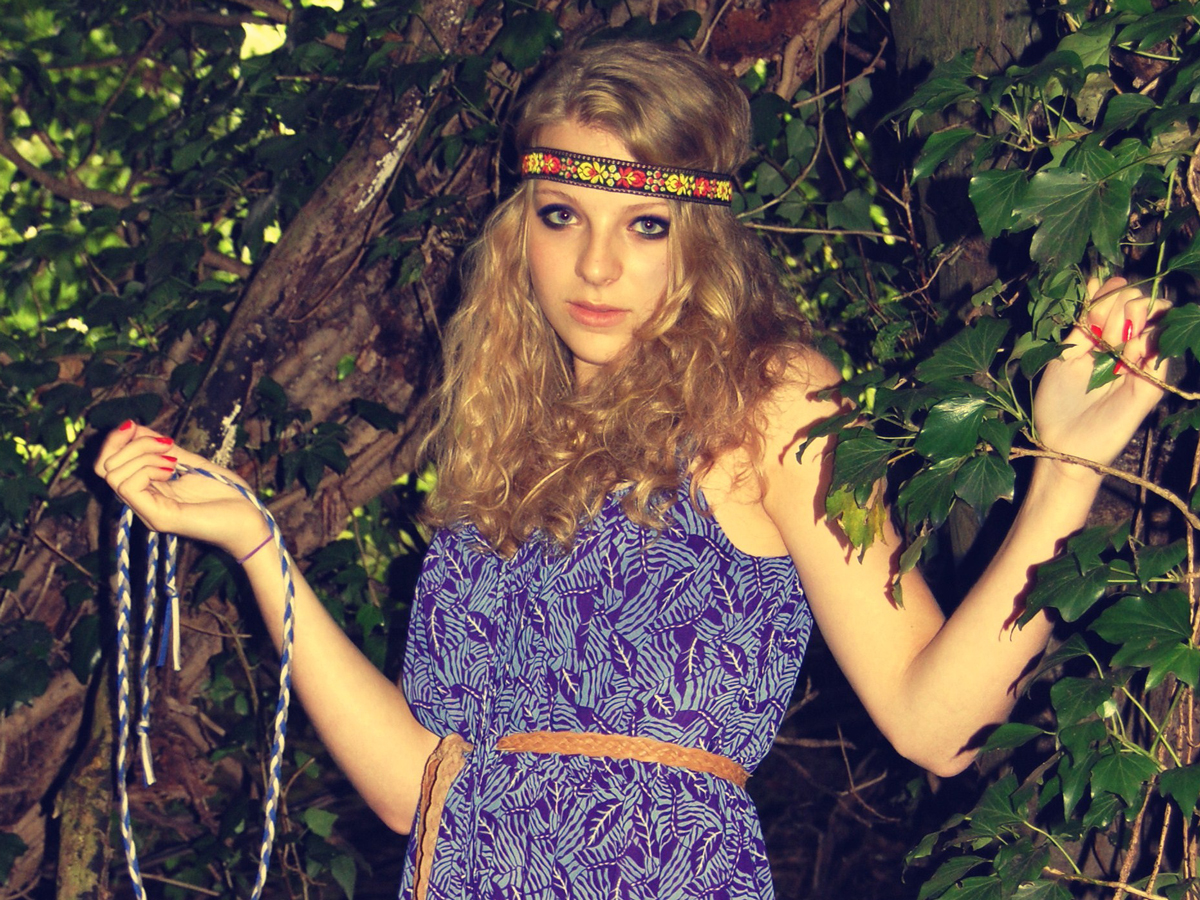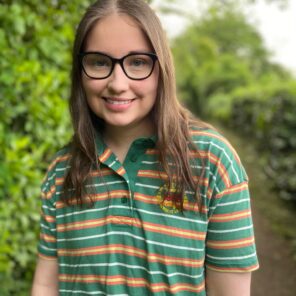Generations Of Home
Writer and Rife Content Creator, Grace Ball discovers a deeper community than expected when investigating the burial place of her Grandfather’s Grandfather.
Generations Of Home
Community and home are often synonymous with one another. Both complex words that mean something entirely different to every person you talk to. Community to me means something wider than just a physical place. It’s my colleagues at work, my friends, or even strangers on the internet who like the same TV shows I do. While home certainly falls under the banner of community; my home is my family, immediate and extended, as well as the town I’ve spent my whole life in.
it was only recently that I realised that a part of me would be here for the rest of time
My town has a population of around 20,000. It’s not huge like the neighbouring Bristol and not tiny like the villages that surround it. It’s mainly elderly people and young families that live here, with as many care homes as there are primary schools. Labelled a historic market town, the earliest documented evidence of the town’s existence dates back to the 9th century. This history is still here today, mixing with the modern. The biggest draw is the castle turned hotel that was built for Henry VIII and is said to be haunted by Anne Boleyn. Though I’ll be honest, I’m not sure why Anne Boleyn would choose to haunt a place she visited once rather than say, the Tower of London where she met her unfair demise, but it makes for a fun story. There are smaller, hidden pieces of town history that people often walk by. In the back of the building that now holds a pizza chain is an old jail cell. The former workhouse, a listed building, now turned into houses and flats. In fact, if you take a stroll down the high street, almost every structure you see is a listed building.
Born and raised in this town, as a child I never really cared about or acknowledged its history. It was the place I lived five doors away from my cousins, went to school, learnt to swim, and had fun with my family and friends. It was a place I enjoyed living, and still do, but as I grew older it was the place that I knew I would one day leave. A stepping stone in my life story. I still hope that happens, but with the state of the economy how does anyone afford to move out?! So, I’m still here and it was only recently that I realised that a part of me would be here for the rest of time.
After spending decades away from the town, my Grandparents recently moved back. My Grandfather had been diagnosed with dementia so it made sense for them to be close to family, in particular their children; my Dad and Aunt. I have enjoyed having them so close, never before have I been able to just pop over to see them and it’s been lovely.
One afternoon they came over for tea. We sat outside on our new decking around our new garden dining table; brown rattan if you’re interested. It feels straight out of a movie to say that the sun was shining, and a gentle breeze was blowing but that was the truth. As is often the case with dementia, memories of the past grow increasingly vivid whilst more recent memories begin to fade and since his diagnosis, my Grandfather has been reflecting and sharing more of his childhood memories. The person he speaks of most with a sense of great fondness and respect is his Grandfather, my great-great grandfather, Edmund.
It was during this visit he told us that he had been walking the local cemetery over and over again as this is where he believed his grandfather was buried. I had always been interested in exploring my family history but now I had a reason. I excused myself from the table, headed upstairs, and signed up for a free trial on Ancestry. I had my mission and I accepted it.
I discovered that my great-great grandparents, Edmund and Edith Mary, were born in 1878 and 1874 respectively. Edmund was a local farmer and Edith a housewife. They had one child, a son, and lived at the farm all of their lives. Edmund had eight siblings and was the third eldest. His father and mother (my great-great-great grandparents) were called George and Hannah, coincidentally my middle name. But, most importantly, it listed where Edmund died as a nearby village. It didn’t give me the exact answer I wanted but at least I knew he should be close.
So, I did what every Gen Z does in a crisis, I turned to Google. I found a local community website, run by volunteers, who had been taking photos and writing up inscriptions of headstones in the local area, including the cemetery my Grandfather had talked about. As I scrolled through the list of B names, my heart weirdly racing, I reached Ball.
And there he was.
There they both were. An inscription for a beloved wife and her husband, concluded with the words ‘peace perfect peace.’ My Grandfather was right.
But there were more Balls, and as I kept scrolling, I found the grave of George and Hannah, born 1846 and 1840, who were also a farmer and a housewife at the very same farm, buried with two of their sons. Both my 2x great-grandparents and my 3x great-grandparents were buried in the cemetery.
I had found what I needed, more than I needed, but I had this nagging feeling that I should check the old churchyard. This was the church that I visited multiple times a year for harvest festivals and leavers services for the seven years I went to the associated primary school. And in this churchyard I found my great-great-great-great grandparents Henry and Mary, born 1818 and 1820. I had been sat in the church that my ancestors had been married in, had their children christened in, and were buried in.
it was a realisation that I felt a sense of belonging in this community much deeper than before
For 22 years, I had been living on top of my family history. It’s a strange feeling to know that I’ve been walking through the high street they would have walked through in the 1800s, barely noticing the historic buildings that were their present. To wonder if they would have been happy of what had become of the town. If they would be proud with what had become of their family line. If they would be proud of me? A question I’ll never get the answer to but I hope the answer is yes, after all I rediscovered them when they were all but forgotten about!
I had discovered more than I bargained for when I began this mission but it wasn’t quite finished yet. I had to find Edmund and Edith Mary’s, my great-great grandparents, grave for myself. I wanted to be certain it was really there before we brought my Grandfather. So, armed with a screenshot of the cemetery map on my phone and a grave number, my Dad and I headed over. We were there for quite a while, unable to gain any real understanding of the map, relying on the picture of the headstone itself. Eventually, Dad called me over to a headstone covered in lichen, the right shape but completely unreadable. Completely unreadable unless you got really close and used your fingers to trace out the one visible word. ‘Ball.’ It really was there. My Grandfather had been right all those times he’d wandered the cemetery blindly. All that was left was to bring him to see it.
A couple of days later, as the slight chill of dusk started to move in, we pulled into the cemetery. My Dad had phoned prior to tell my Grandfather that I had found the grave as we thought that the surprise of telling him there and then might be too overwhelming. But still I felt a strange mix of adrenaline and nerves as we walked the short distance to the grave. When we got there my Grandfather asked “is this it?” My Dad bent down and traced out the letters, “Do you see this, Dad?” My Grandmother gave me a hug as Dad read out the engraving from the printed piece of paper I brought. “Thank you,” she said. My Grandfather unreservedly grateful as he spoke of the ‘wonderful thing’ I had done.
I also took my Grandfather to see the grave of his great-grandparents but he couldn’t really take it in, and I didn’t mind. For him, this was about one thing, finding his beloved Grandfather, and he still visits the grave most days. I’m hoping to get the grave restored to a better state, or at the very least, remove the weeds.
For me, it was a realisation that I felt a sense of belonging in this community much deeper than before. Because of the volunteers for the website who gave up their time without whom I would never have found the grave. Because of the generations before me who had lived their lives here as I do. Because of a fleeting moment in time, stood in a cemetery showing my Grandfather what I had found; my connection to this town, to this community, will be forever.
This content was developed as part of Watershed’s The Future is Collective programme, supported by Arts Council England.

